Sunflower seeds are one of the most vital oilseed crops in the global agricultural industry. Known for their versatility, these seeds are used in producing sunflower oil, snacks, bird feed, and even biofuels. As the demand for healthy, plant-based oils and protein-rich foods rises, sunflower seeds have gained enormous popularity across the world. But which country leads in their production? The answer is Russia — the undisputed giant in sunflower seed cultivation. This article explores how Russia earned this position, its farming practices, historical background, global market contribution, and how other countries compare in this field.
The Global Importance of Sunflower Seeds
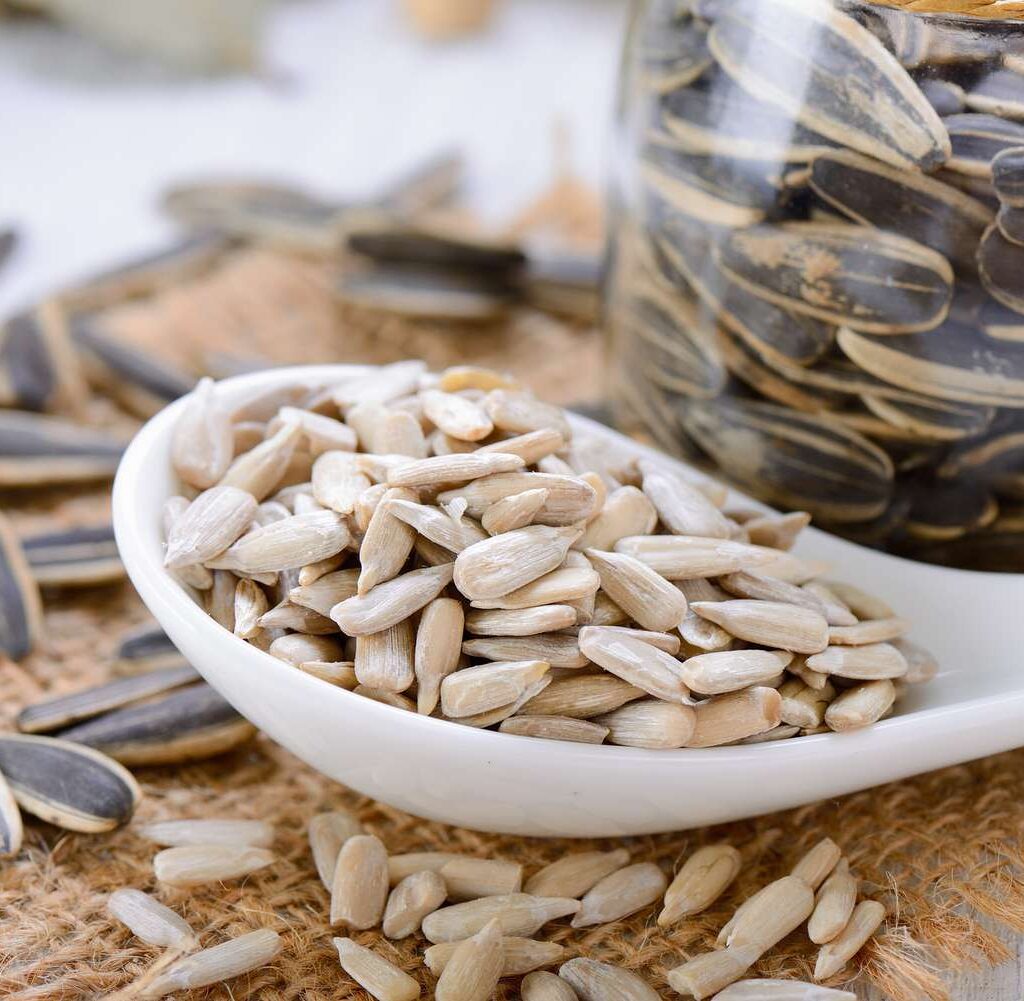
Sunflower seeds (Helianthus annuus) are cultivated for both oil extraction and direct consumption. Sunflower oil is renowned for being light, heart-healthy, and low in saturated fats. Moreover, the seeds are rich in protein, fiber, and vitamin E. The sunflower plant is hardy, adaptable, and grows in a variety of climates, which makes it ideal for cultivation in many parts of the world. The top producers of sunflower seeds not only meet domestic needs but also significantly contribute to the global oilseed economy.
Russia: The Global Leader in Sunflower Seed Production
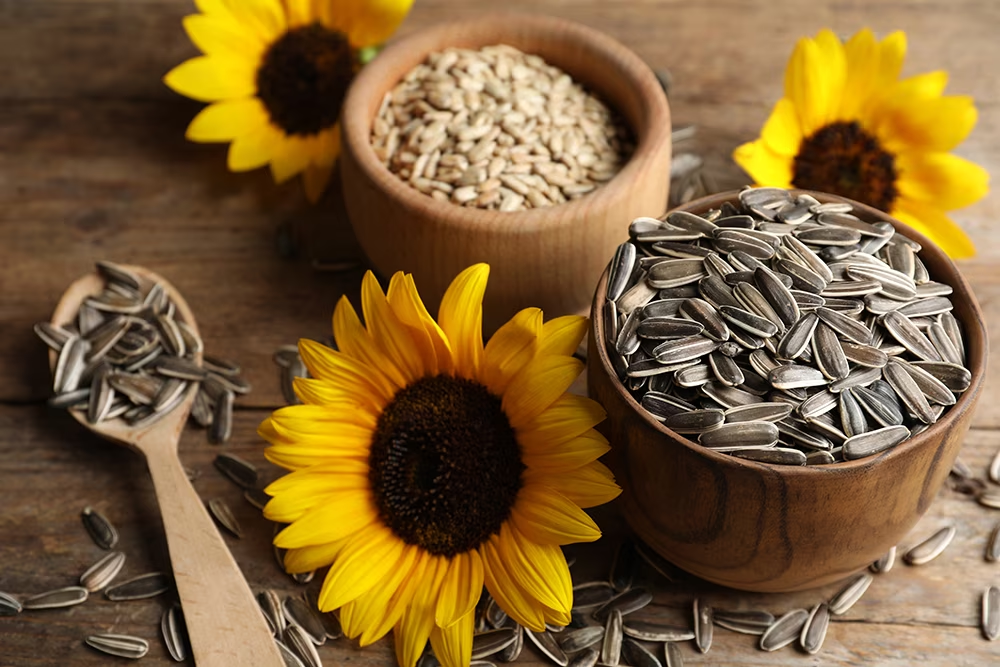
According to the Food and Agriculture Organization (FAO) and recent agricultural reports, Russia is the largest producer of sunflower seeds in the world. In recent years, Russia has consistently produced over 15 million metric tons annually, accounting for nearly 25–30% of the global output.
Historical Background
The sunflower plant was first domesticated by Native American tribes, but it found its way to Russia in the 18th century through European trade. By the 19th century, sunflower seeds had become an essential part of Russian agriculture. The Russian Orthodox Church’s dietary restrictions on animal fats led to a growing demand for plant-based oils, and sunflower oil emerged as a favored alternative. This cultural and religious influence drove large-scale cultivation across southern Russia and Ukraine.
Geographic and Climatic Advantage
Russia’s southern regions, particularly Krasnodar, Rostov, and Saratov, offer ideal conditions for sunflower cultivation. The combination of fertile soil, moderate rainfall, and extended sunlight hours creates an optimal growing environment. Moreover, technological innovations and government subsidies have helped modernize farming techniques, resulting in improved yields per hectare.
Farming Practices and Modern Technology
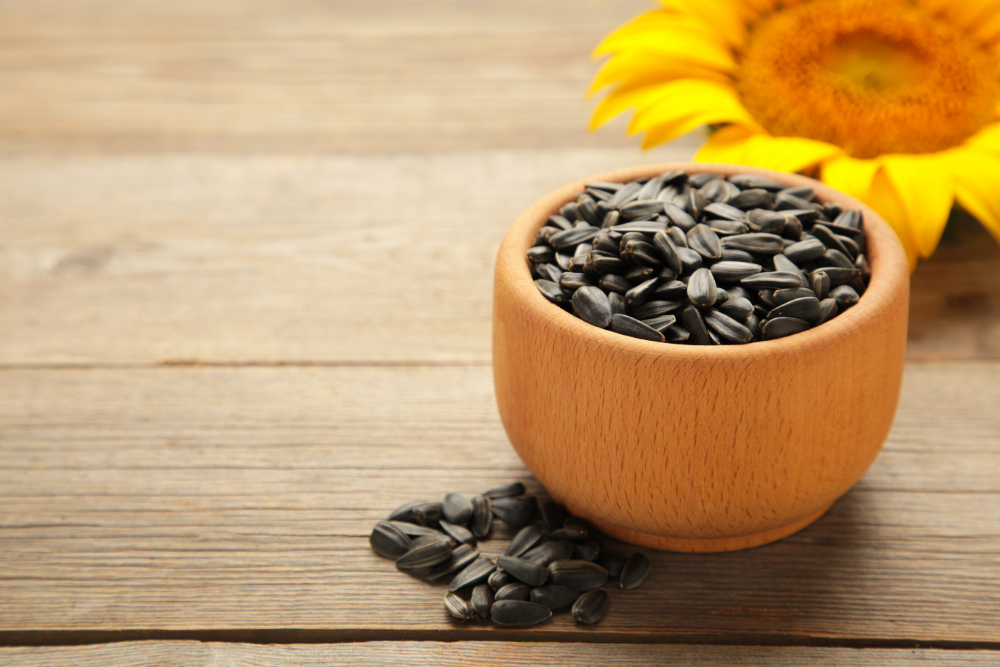
Russia has invested heavily in agricultural modernization over the past two decades. Precision farming, advanced irrigation systems, genetically improved seed varieties, and state-supported agricultural research have all contributed to the country’s dominance in sunflower seed production. Russian farms also benefit from economies of scale, with large land holdings and vertically integrated agro-industrial firms that manage everything from planting to processing and export.
Moreover, the country focuses on high-oil-content varieties, which increases the value of its crop in the international market. Government programs also provide support in terms of equipment financing and crop insurance, making sunflower seed farming a profitable venture for many farmers.
Economic Impact and Global Trade
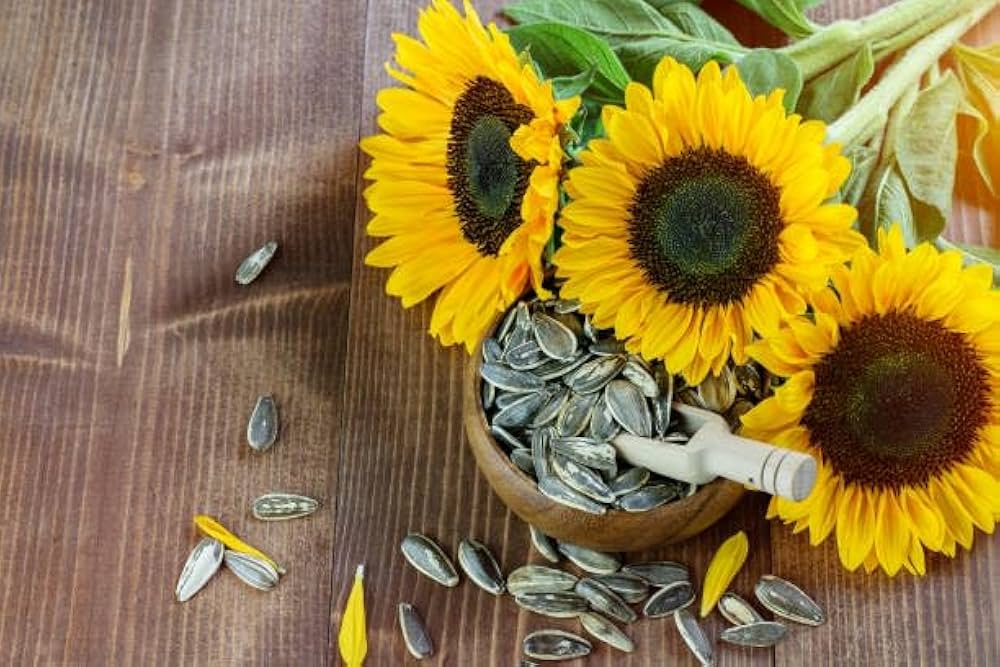
Russia is not just a top producer but also a major exporter of sunflower seeds and sunflower oil. Major importers include Turkey, India, China, and the European Union, all of which rely on Russian sunflower products to meet domestic demand. In 2022, for example, Russia exported sunflower products worth over $2 billion, a testament to the global importance of its sunflower agriculture.
Sanctions and geopolitical events such as the Russia-Ukraine conflict have occasionally disrupted the flow of sunflower seeds and oil in global markets, further highlighting Russia’s pivotal role in the sunflower supply chain. Price fluctuations in sunflower oil and seeds often correlate directly with production output in Russia and its neighboring regions.
Comparison with Other Major Producers
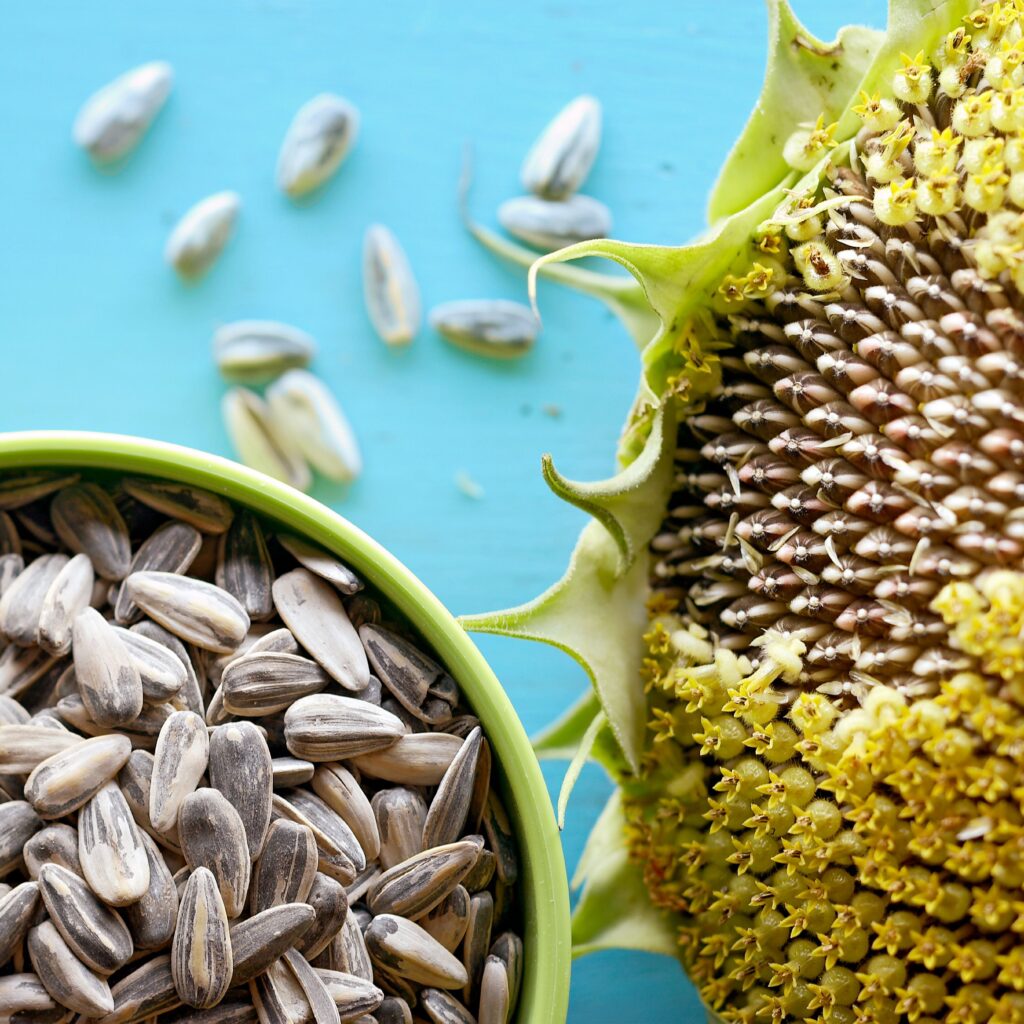
Ukraine
Ukraine has historically been a strong contender and is often the second-largest producer of sunflower seeds. Before the 2022 conflict, Ukraine produced over 14 million metric tons annually, almost on par with Russia. However, war-related disruptions have significantly impacted its agricultural infrastructure and exports.
European Union
Countries like Romania, Bulgaria, and Hungary are notable producers within the EU. Collectively, the EU contributes around 9–10 million metric tons of sunflower seeds annually. These countries benefit from EU agricultural subsidies and strict quality standards that make their sunflower oil highly sought-after in global markets.
Argentina
Argentina is the leading sunflower seed producer in South America, with output levels fluctuating between 2 to 4 million metric tons per year. Sunflower cultivation in Argentina is focused on the Pampas region, which offers fertile land and favorable climate.
China and India
Both China and India grow sunflower seeds mainly for domestic consumption. In India, sunflower seed farming is more common in the states of Karnataka, Maharashtra, and Andhra Pradesh, though productivity per hectare is lower compared to Russia due to small-scale farming and lower mechanization.
Challenges and Opportunities
Despite being the top producer, Russia faces several challenges. Climate change, soil degradation, and political sanctions can threaten long-term sustainability. Additionally, dependence on a few regions for large-scale production makes the sector vulnerable to localized weather events.
However, the opportunities are equally significant. There is growing global interest in plant-based oils, especially non-GMO and organic sunflower oil. With increasing health consciousness worldwide, sunflower seeds and oil are expected to remain in high demand. Russia can leverage this by expanding into value-added products like roasted sunflower snacks, cold-pressed oils, and protein-rich seed powders.
Future Outlook
Experts predict that global sunflower seed production will continue to grow steadily, and Russia is poised to maintain its lead. Technological advancements in seed genetics, smart agriculture, and sustainable farming could further boost Russia’s output and efficiency. Investments in logistics, storage, and processing infrastructure will also be crucial in maintaining its competitive edge.
As the world shifts toward healthier diets and environmentally friendly agricultural practices, sunflower seeds will play an increasingly important role. Russia, with its strong agricultural foundation and market presence, is well-positioned to meet this growing demand.
Conclusion
Russia’s dominance in sunflower seed production is the result of historical developments, favorable geography, government support, and modern farming techniques. As the largest producer and exporter, Russia plays a central role in shaping global sunflower seed markets. While other nations like Ukraine, Argentina, and EU countries contribute significantly, none match the scale and output of Russia. In an era where food security and sustainable agriculture are key global concerns, understanding and learning from Russia’s sunflower seed success story becomes not just relevant—but essential.

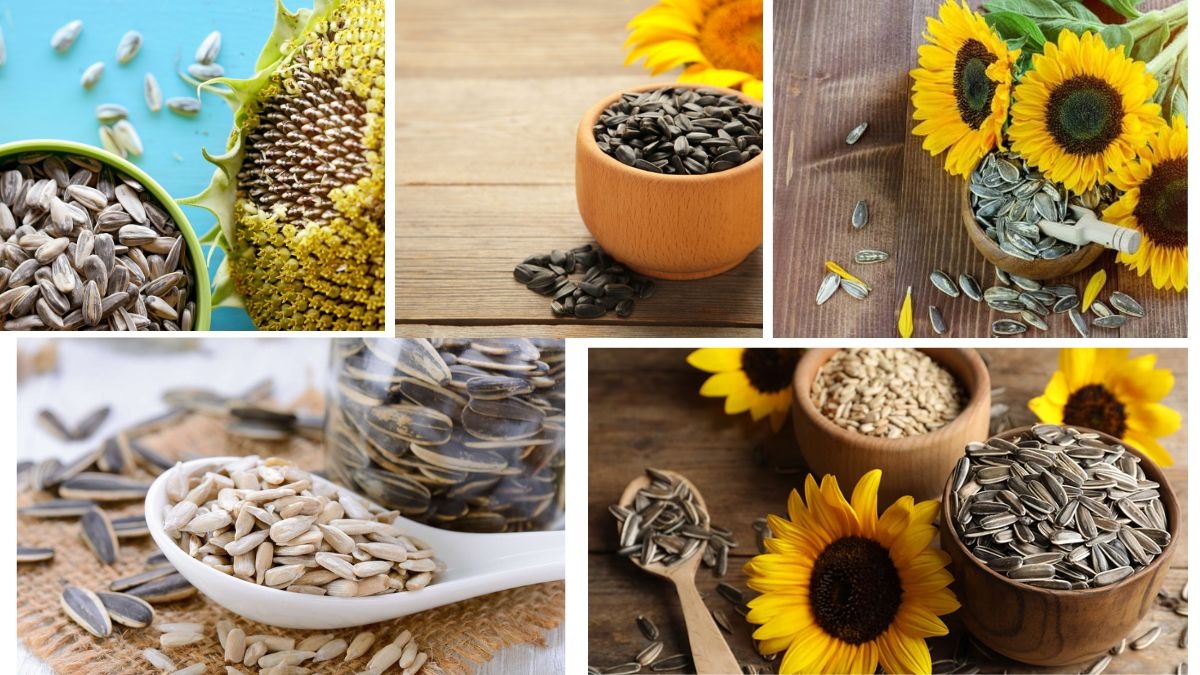
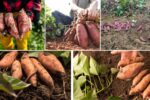



Leave A Comment